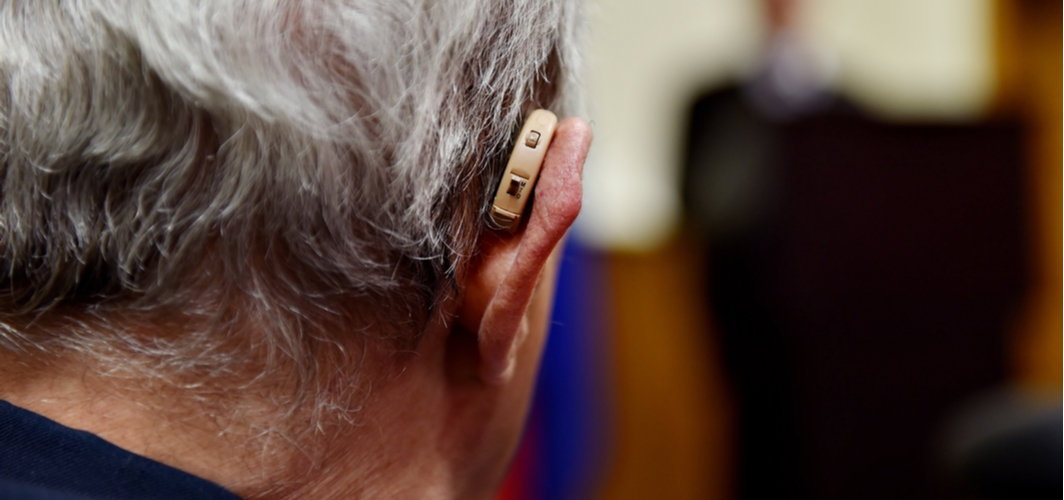- Home
- Blog
- Special Days
World Tuberculosis Day - Everything You Need to Know About TB
Special Days
World Tuberculosis Day - Everything You Need to Know About TB
By Apollo 24|7, Published on- 23 March 2022, Updated on -18 October 2022
Share this article
0
12 likes

According to the World Health Organisation (WHO), tuberculosis (TB), is one of the world’s leading causes of death as it killed 15 lakh people in 2020. India accounted for a staggering 34% of these deaths. Despite the human tragedy involved, many of us are still unaware of this deadly but curable disease. Every year, World Tuberculosis Day is observed on March 24 to improve public awareness about tuberculosis. This article highlights some of the important aspects of tuberculosis in detail below.
What Is Tuberculosis?
TB is an airborne bacterial infection that usually affects the lungs. However, the infection can also impact other parts of the body such as the kidneys, spine, brain, abdomen, bones, and nervous system. Unless diagnosed and treated on time, the condition can be fatal.
TB is majorly classified into two types:
- Latent Tuberculosis: In this type, the bacteria remains inactive inside the body without causing symptoms. Though people with latent TB cannot spread the bacteria to others, it can turn active and cause sickness.
- Active Tuberculosis: In this type, the bacteria attacks the lungs or other parts of the body. People with active TB are contagious and can spread the bacteria to others. It can occur weeks or years after the initial infection with the bacteria.
What Causes This Disease?
TB is caused by a bacteria called Mycobacterium tuberculosis. When a person with active tuberculosis coughs, sneezes, spits, or talks, the bacteria-filled droplets get released into the air, which if inhaled can cause infection.
However, children with TB or extrapulmonary TB (TB infection that affects organs other than lungs) do not transmit the bacteria. TB patients who have received appropriate treatment for at least 2 weeks are also unlikely to spread the bacteria.
Major Symptoms
The symptoms of TB usually depend on the organs affected. For instance, spinal tuberculosis might trigger back pain and renal tuberculosis may cause blood in the urine. While the disease mostly affects the lungs, the symptoms of pulmonary TB include:
- Severe cough that persists for 3 weeks or longer
- Chest pain
- Blood or sputum in the cough
Some of the other symptoms of TB disease may include:
- Fatigue
- Fever
- Chills
- Sweating at night
- Loss of appetite
- Inexplicable weight loss
Risk Factors For TB
Tuberculosis can affect anyone. However, factors that may increase the risk of developing the condition include:
- Smoking
- Substance abuse
- Low body weight
- Organ transplant
- Travelling to places with high TB rates
- Living with someone who has active pulmonary tuberculosis
- A weak immune system due to cancer treatment (chemotherapy) or medical conditions such as HIV, diabetes, kidney disease, and autoimmune disorders.
Recommended Read: Does COVID-19 Lead to Tuberculosis in Some Patients?
Treatment
1. Latent Tuberculosis
People with latent tuberculosis are only prescribed antibiotics if they are at a particularly high risk of developing active TB. The combination of antibiotic medicines, Isoniazid (INH), Rifapentine (RPT), and Rifampin (RIF), are given to the patient for 3 to 9 months.
2. Active Tuberculosis (Tuberculosis Disease)
The most common treatment regimen for active TB is isoniazid in combination with rifampin, pyrazinamide and ethambutol. In many cases, patients begin to feel better only 2 weeks after starting their course of antibiotics. However, one must continue taking the antibiotic medications as prescribed by their physician and complete the whole course of treatment. Discontinuing the treatment midway helps the bacteria survive and become resistant to antibiotic medications, resulting in drug-resistant TB.
3. Drug-resistant Tuberculosis
People with drug-resistant TB do not respond to the drugs initially used to treat tuberculosis. As a result, depending on the strain of drug-resistant TB, treatment requires a much longer course of antibiotics ranging somewhere between 20 to 30 months. Generally, fluoroquinolones, amikacin, capreomycin, bedaquiline, and linezolidare are used to treat drug-resistant TB.
How To Prevent This Disease?
To avoid spreading the infection, people with active TB should:
- Cover their mouth while sneezing or coughing.
- Wear a mask when in close contact with other people.
- Stay away from others until they are no longer infectious.
- Complete their prescribed course of antibiotic medications.
Conclusion
Tuberculosis is an infectious disease that is one of the leading causes of death globally. While anyone can contract the TB-causing bacteria, not everyone experiences illness. The risk of illness is especially high for people with weakened immune systems. TB can be successfully cured if diagnosed and treated on time. Many people become non-infectious within weeks of starting their treatment. However, one must not discontinue the treatment midway even if they see their symptoms go away. Discontinuing the course of treatment can help the bacteria survive and become drug-resistant, a condition that is far more difficult to treat.
Want to know more about TB?
Services
Special Days
Leave Comment
Services
Recommended for you

Special Days
How To Prevent Hearing Loss?
Hearing loss can be slow. However, if it goes unnoticed for a long period, the person may experience difficulty in communicating with others, which may result in poor quality of life.

Special Days
7 Reasons Why You’re Not Losing Weight Even After Exercise And Diet
While many people believe that overeating and lack of exercise are the sole reasons for obesity, several other factors including genes, hormonal imbalance, and stress also play a major role.

Special Days
World Salt Awareness Week: What Happens When You Eat Too Much Salt?
While salt plays an essential role in maintaining water balance in the body, too much intake can result in severe health consequences.
Subscribe
Sign up for our free Health Library Daily Newsletter
Get doctor-approved health tips, news, and more.

